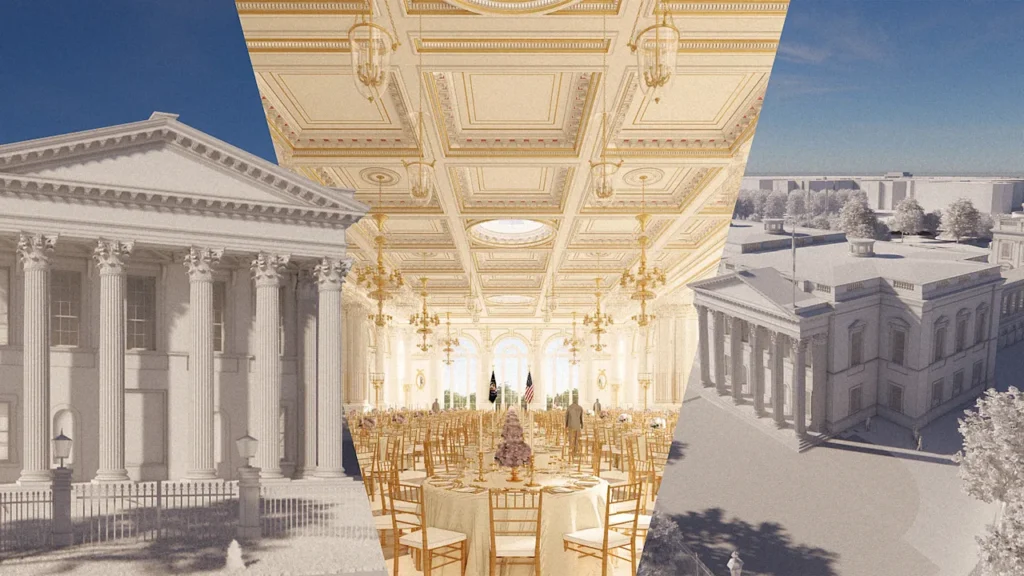
The Washington, D.C., architectural firm that President Donald Trump tapped to design his White House ballroom is known for its ornamental, classical architecture, but the firm’s work is not generally known, even by design aficionados.
Crews are now demolishing the entirety of the East Wing for an expansive, $250 million new space designed by McCrery Architects, which compared to the detailed, hi-fi portfolios of today’s most prominent architectural firms, has a strikingly light online footprint.
The firm’s site shows only contact information for new commission inquiries and a slideshow of work that includes artist renderings of the planned ballroom. There’s no longer a list of its projects, but an archived list reveals a CV that leans ecclesiastical. Its Instagram account is bare. “Committed to Tradition and Excellence,” its bio reads, but there are no posts.
The firm’s portfolio is heavy on churches, and it’s now fast building up public-sector work, driven by a love of classical American architecture.
“The very best American architecture is classical architecture once made American,” James McCrery, the firm’s founder and principal, said last year during a talk at the conservative Hillsdale College. “Americans love classical architecture because it is our nation’s formative architecture and we love our nation’s formation.”
Here are some of the firm’s most notable projects, as its work on one of the most iconic buildings in the U.S. gets underway.
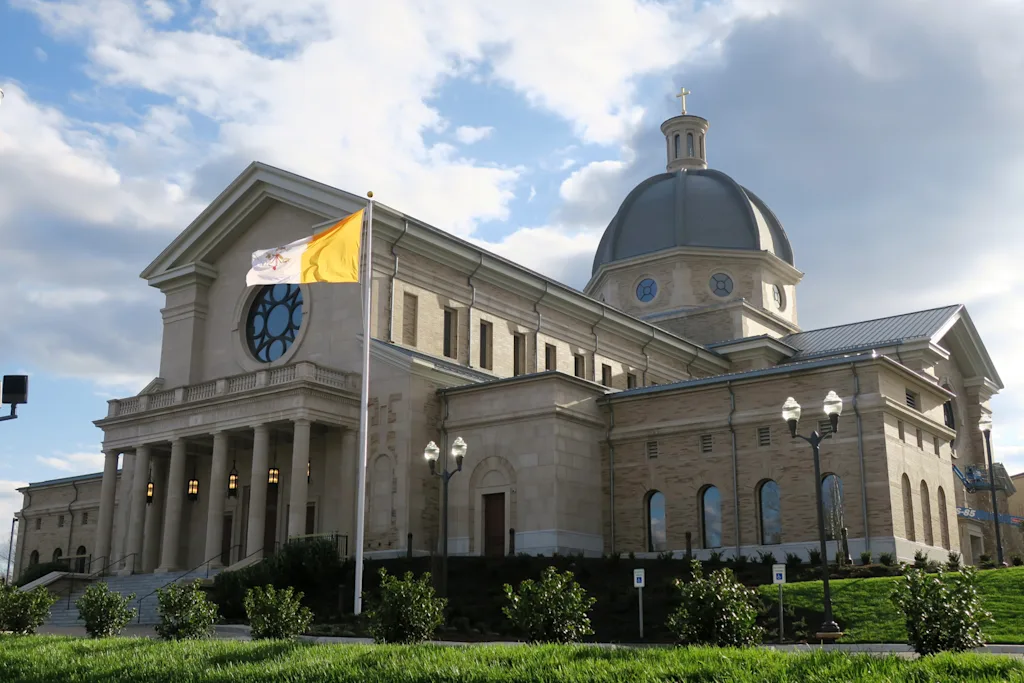
Ecclesiastical architecture
Catholic churches are the most common building type in the firm’s portfolio.
McCrery Architects has designed several houses of worship, including the Cathedral of the Most Sacred Heart of Jesus in Knoxville, Tennessee; Holy Name of Jesus Cathedral in Raleigh, North Carolina; and Our Lady of the Mountains in Highlands, North Carolina.
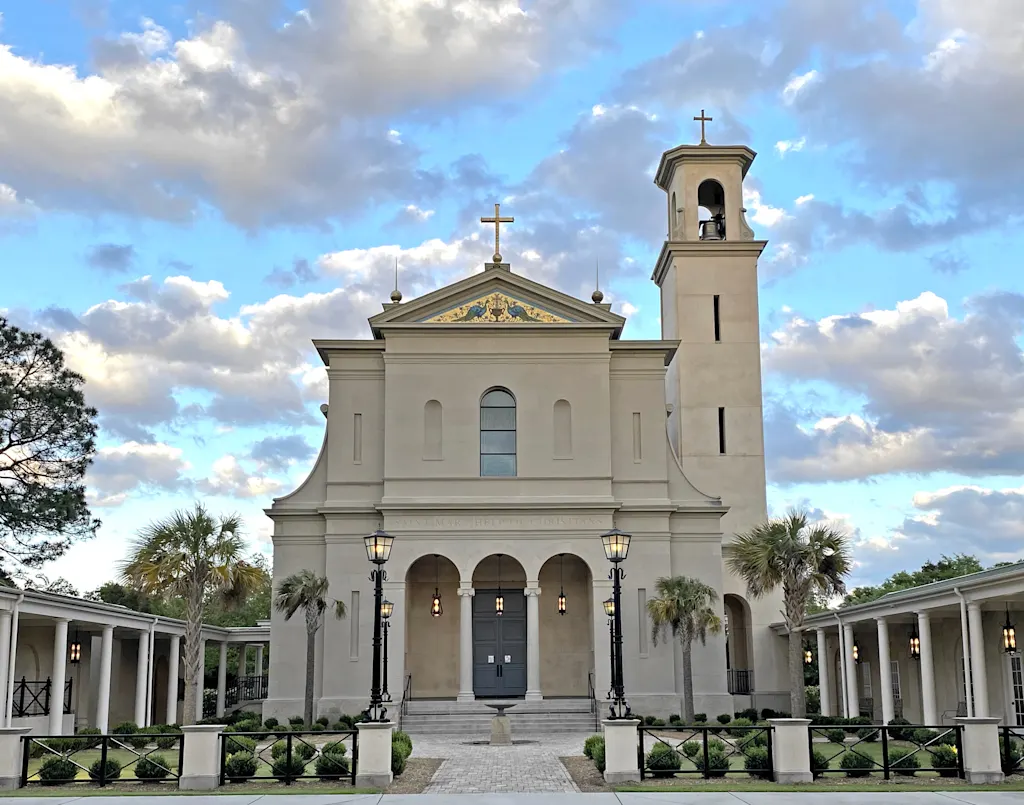
The firm’s design for St. Mary Help of Christians in Aiken, South Carolina, won the John Russell Pope Award in 2017 for the traditional architecture contest’s Ecclesiastical Design over 3,000 square feet category. In a 2015 reflection about the building, McCrery said the church was “designed to encourage and strengthen all in the Faith . . . [and] intentionally made to be beautiful,” which typifies his and his firm’s approach to design.
This year, McCrery Architects was awarded for the baptismal font at the Church of the Holy Spirit in Gloversville, New York.
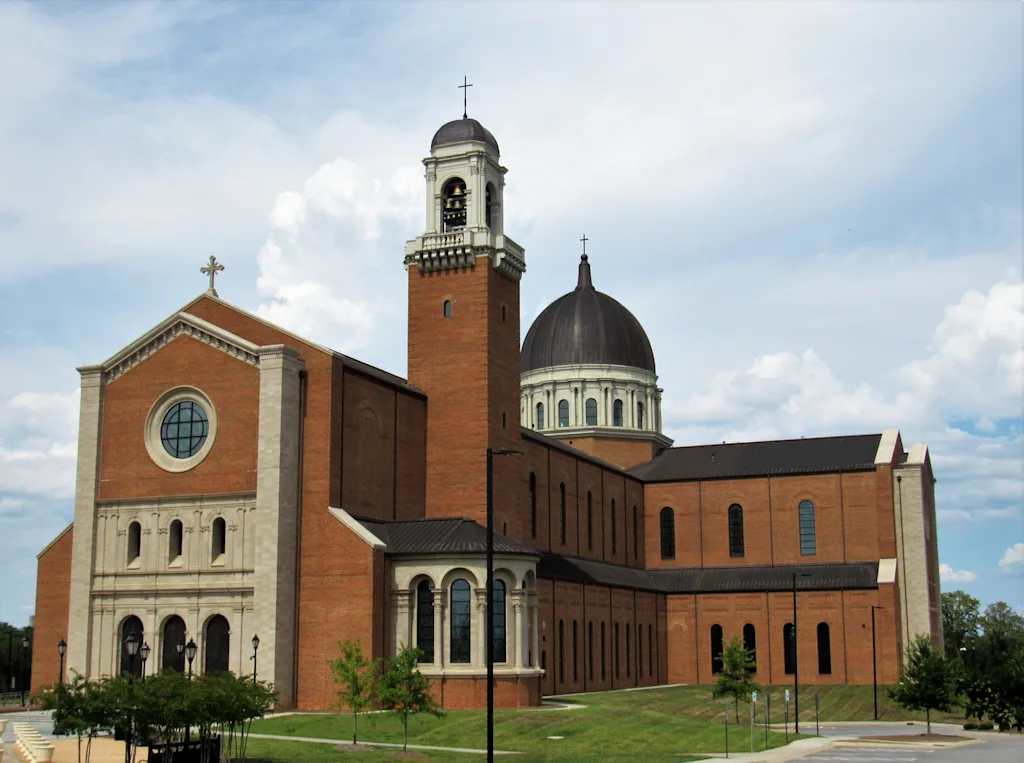
McCrery’s work in academia
McCrery Architects designed the University Saint Mary of the Lake Feehan Memorial Library in Mundelein, Illinois, and the Saint Thomas Aquinas Chapel at the University of Nebraska’s Saint John Newman Center in Lincoln.
Public-sector work
The firm’s government work has grown from designing a statue pedestal and gift shop to making one of the biggest changes to the most famous federal government building in the U.S. Here are the details.
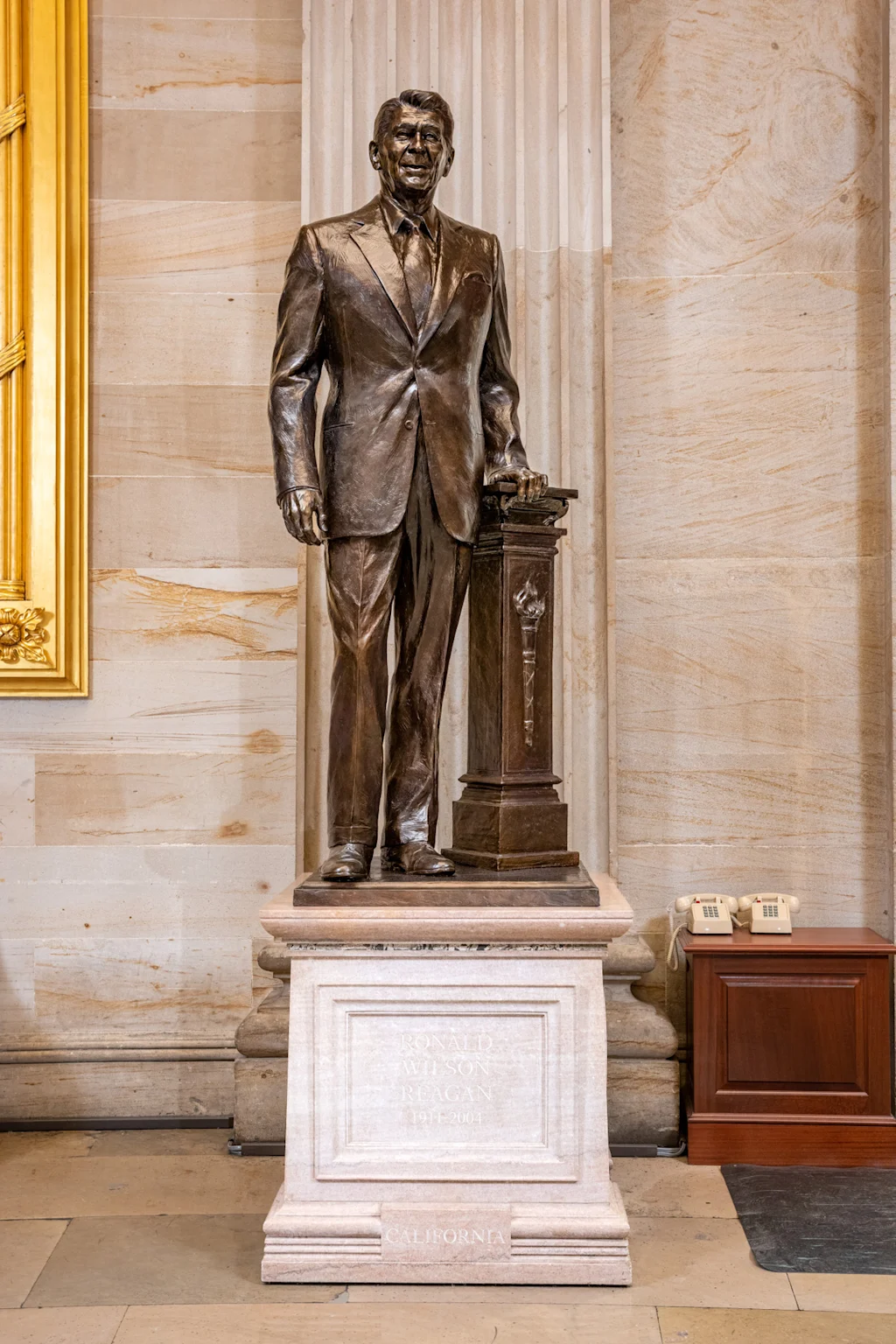
McCrery designed the pedestal for California’s statue of Ronald Reagan for the National Statuary Hall Collection in 2009. Each state can send two statues to the collection at the U.S. Capitol, and McCrery made the Tennessee Rose marble pedestal for artist Chas Fagan’s statue of the late president and former California governor and actor. The pedestal includes concrete pieces from the Berlin Wall.
McCrery’s firm also designed the U.S. Supreme Court’s book and gift shop, and, according to the Catholic University of America, the North Carolina state legislature commissioned the firm to create a master plan for its historic State Capitol Grounds.
The White House ballroom
The firm’s White House project is now its most visible work—and it’s most controversial.
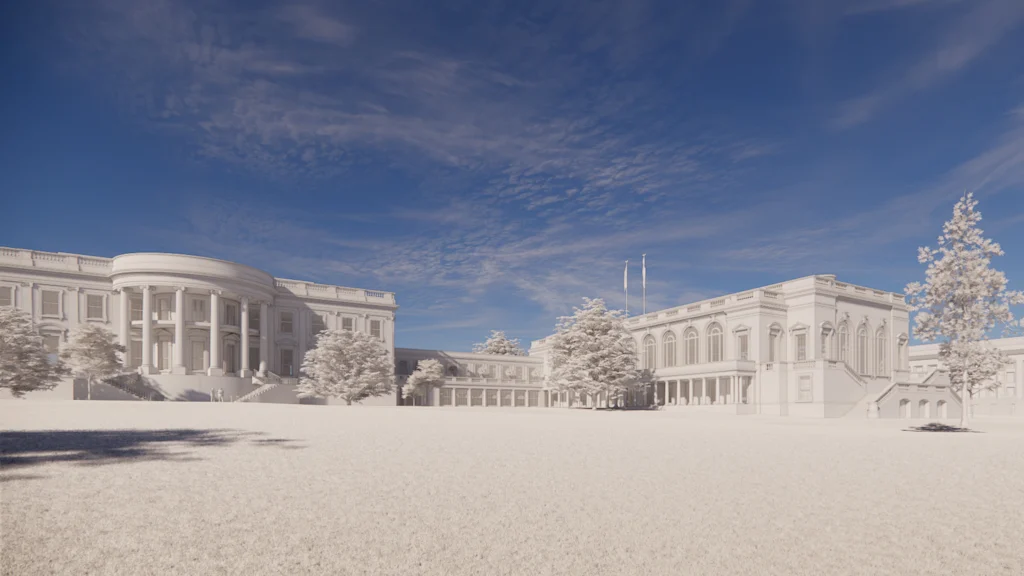
The sudden demolition to make room for a privately funded addition shocked at least one former White House resident, and the National Trust for Historic Preservation asked the Trump administration and National Park Service to pause until plans can go through the legally required public review processes that it says include consultations, reviews, and public comment.
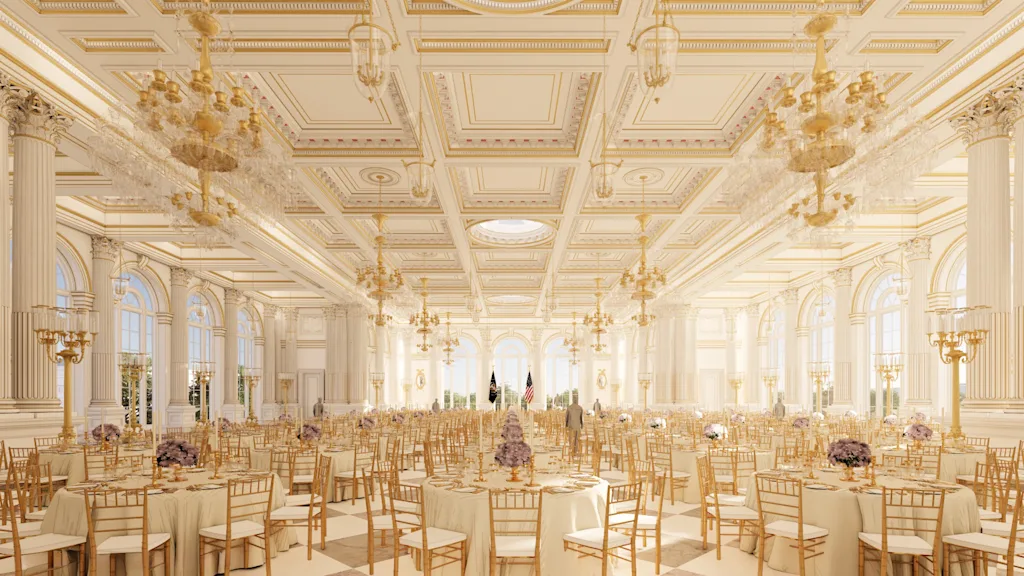
Trump’s White House makeover parallels his attempts at expanding presidential and state power, and represents an outward, physical manifestation of a wider Trump project to remake the presidency and leave a mark in his second term.
Like using emergency economic powers to impose tariffs or sending National Guard troops into U.S. cities, Trump’s power plays today feel anything but precedented or traditional. Traditional, though, is exactly what the architect who designed his grand ballroom is trained in.
